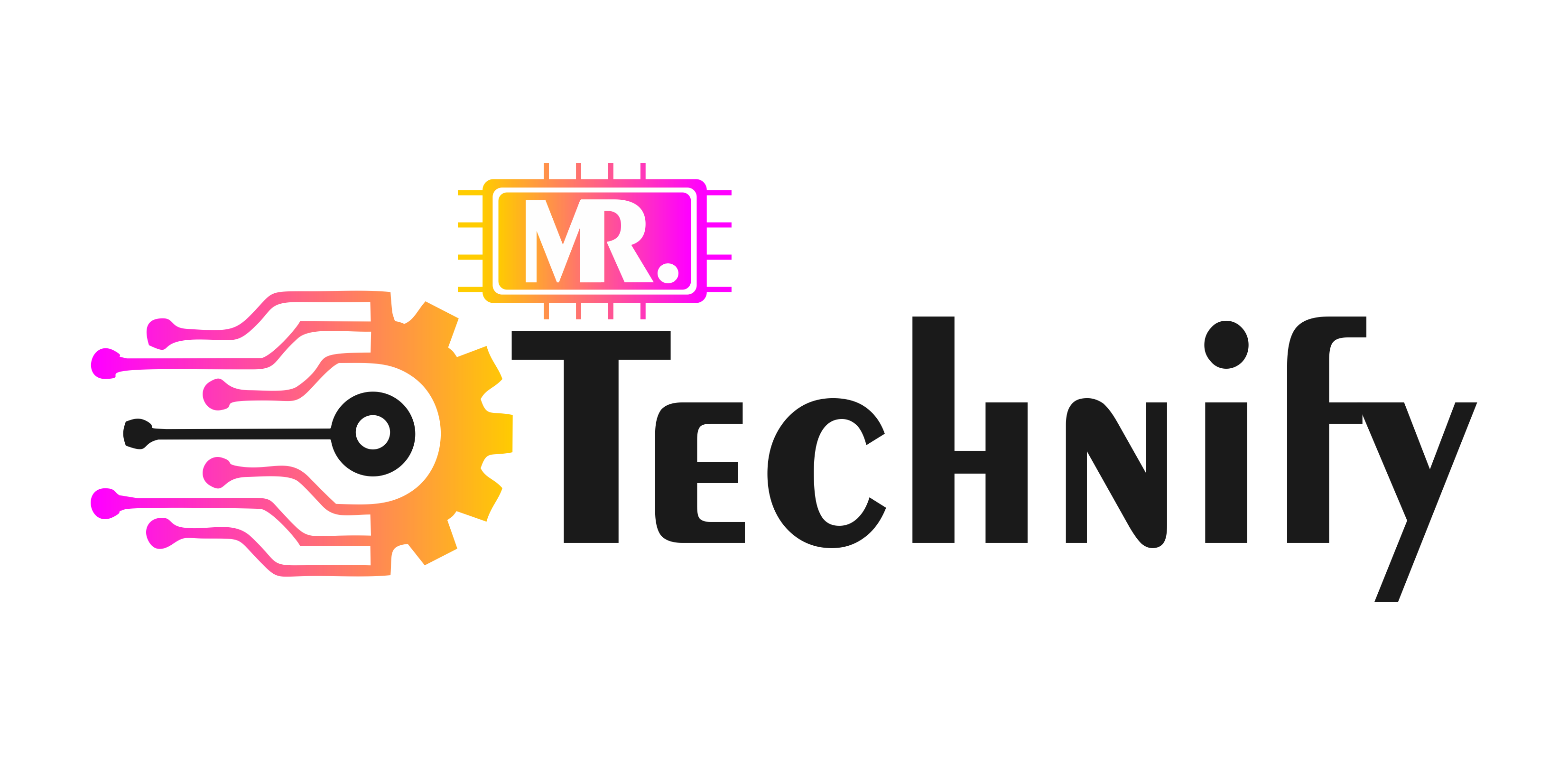Introduction
Have you ever been stunned by how quickly technology is developing? Everything has been simplified, from the old, cumbersome equipment to the new, sleek telephones.
What is Nanoelectronics?
-
Definition and Basics
A thriving field of research in the field of technology is Nanoelectronics(NE). We’re talking about a billionth of a meter when it comes to how small the size at which it functions is called the nanoscale. As the basic building units of matter, atoms are to technology. NE is about manipulating and controlling electronic devices at this nano level.
History of NE
-
Development Timeline
With the miniaturization of electronic equipment in the 20th century, the voyage of NE began. With Richard Feynman’s 1959 coinage of the term “Nanotechnology,” the push for ever-smaller gadgets gave rise to the development of this discipline.
Critical Principles of NE
-
Quantum Mechanics
One principle that NE heavily relies on is Quantum Mechanics. It enables us to comprehend how tiny particles behave. With its help, scientists can manipulate electronic devices at an almost atomic level.
-
Nanoscale Technology
Another critical principle is Nanoscale Technology, which focuses on creating high-performance materials and components by controlling matter on the nanometer scale.
Applications of NE
-
Computing
Computing has significantly benefited from NE. It has made it possible to create microprocessors and nanocomputers that are quicker, more powerful, and require less energy.
-
Telecommunications
NE has opened up possibilities for faster data transmission, improved efficiency, and smaller device sizes in telecommunications.
-
Healthcare
NE also has potential applications in healthcare, such as in developing wearable devices for monitoring health or targeted drug delivery systems.
-
Renewable Energy
The field has also impacted renewable energy, with applications in solar panels and batteries, improving efficiency and reducing environmental impact.
The Future of Nanoelectronics
-
Future Developments
The future of NE is promising. With ongoing research, we can expect innovations like quantum computing, intelligent nanorobots, and advanced AI systems.
Challenges and Opportunities
However, with great potential come significant challenges. Issues like ethical implications, safety concerns, and technological limitations must be addressed. But these difficulties also offer chances for development and advancement.
Conclusion
In conclusion, NE is a revolutionary field with the potential to reshape our world. From computers to healthcare, it’s everywhere. We may anticipate a future in which Nanoelectronics keeps shattering boundaries and redefining possibilities.

